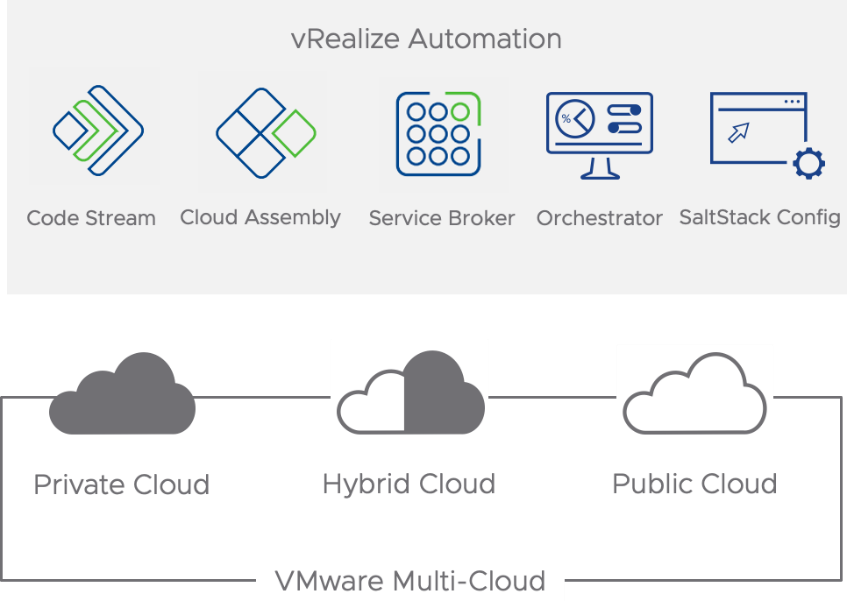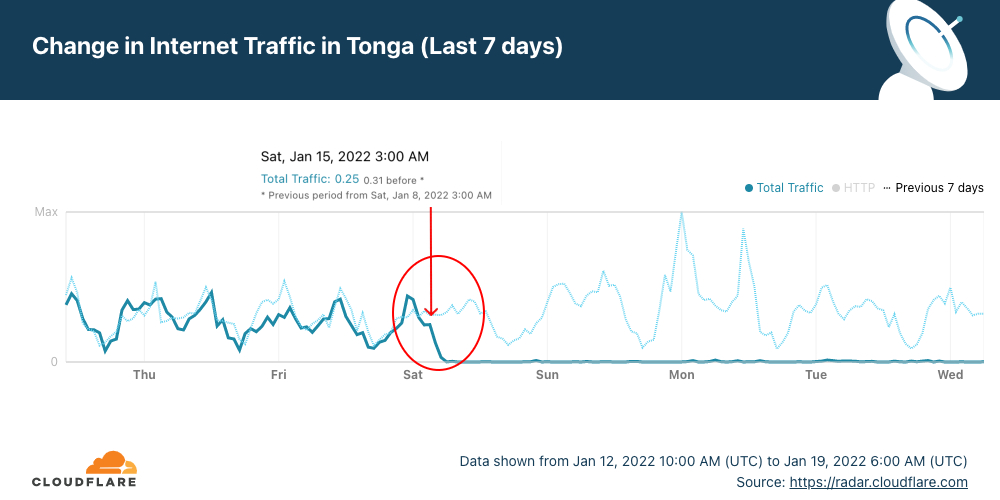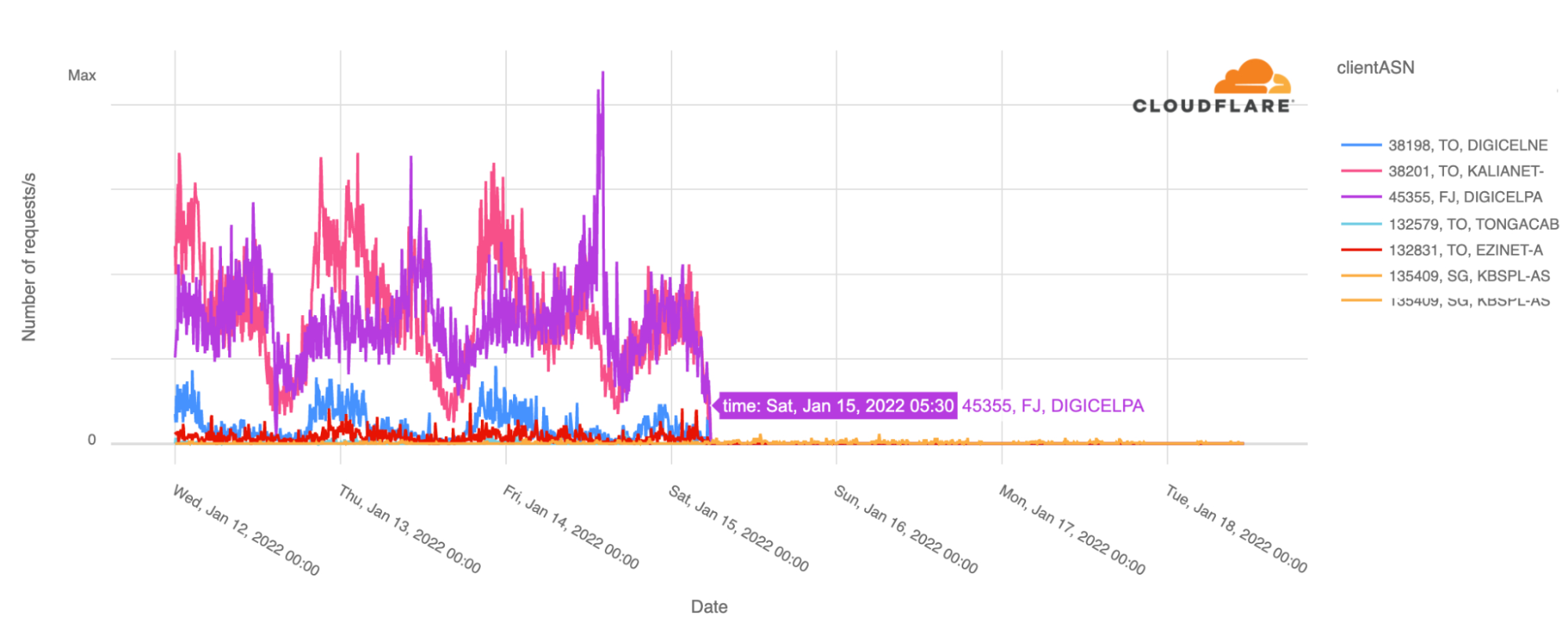0
VMware Network Automation combines the modern microservices architecture of vRealize with VMware NSX network virtualization to enable rapid application rollout. The solution automates VMware NSX via VMware vRealize Automation to deliver complete workload lifecycle automation through networking, compute, and security services that make it simple to template, provision, and update complete environments. That, in turn, enables businesses to accelerate application delivery and drive overall agility.

The latest iterations of vRealize Automation native integration with NSX-T features include multiple new capabilities, such as support for NSX-T Federation, distributed firewall configurations from NSX-T, a shared gateway across on-demand networks, and many others.
In this post, we will provide an overview of the feature-set available with this native integration. The post doesn’t aim to be exhaustive, so don’t hesitate to look at the vRealize Automation documentation for more details.
Setting up the Environment
The native integration allows for consumption of NSX-T constructs from vRealize Automation after a simple configuration.
The goal is for the cloud admin to be able to offer users a self-service catalog, through Service Broker that enables the deployment of complex topologies with consistent governance policies across the cloud — all while abstracting the underlying infrastructure and its complexity from Continue reading




